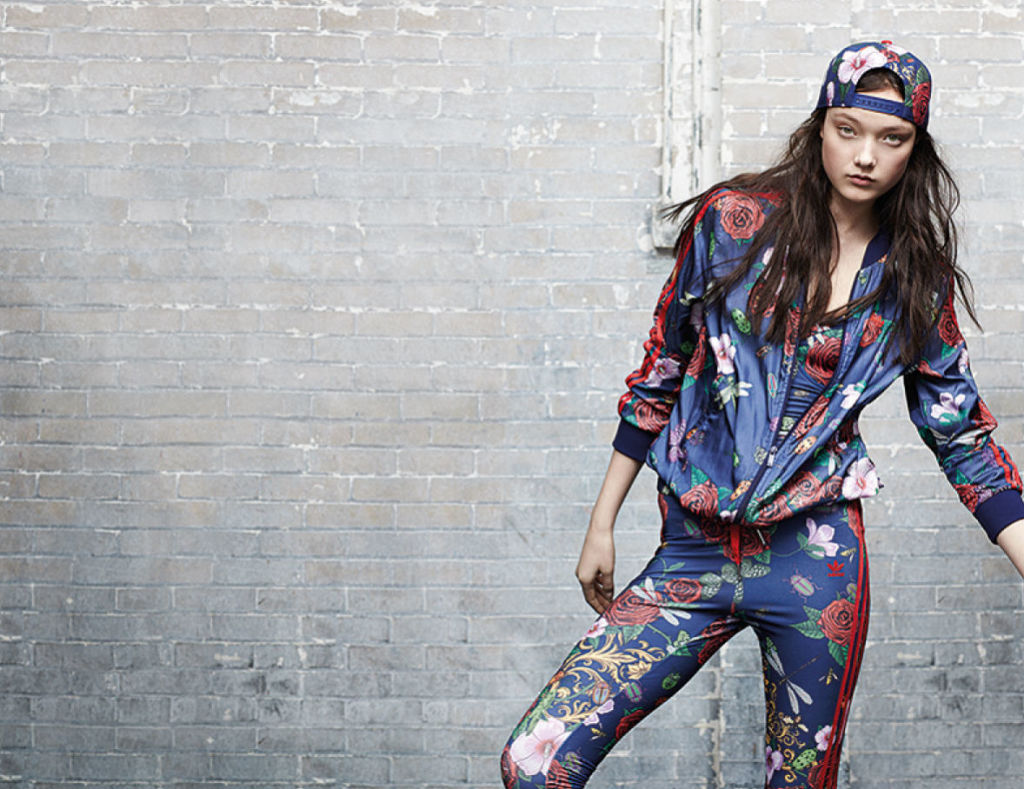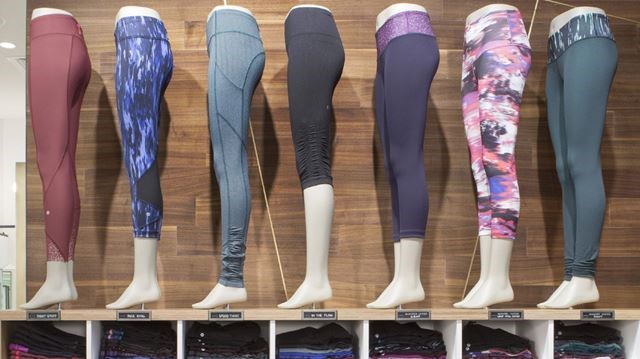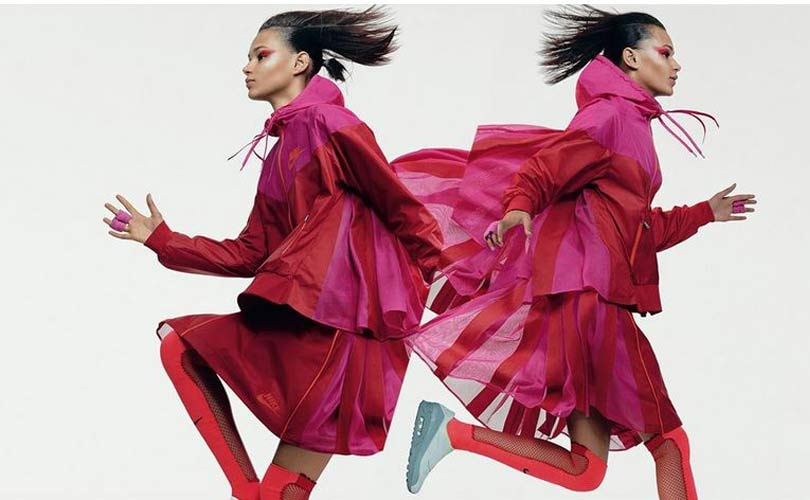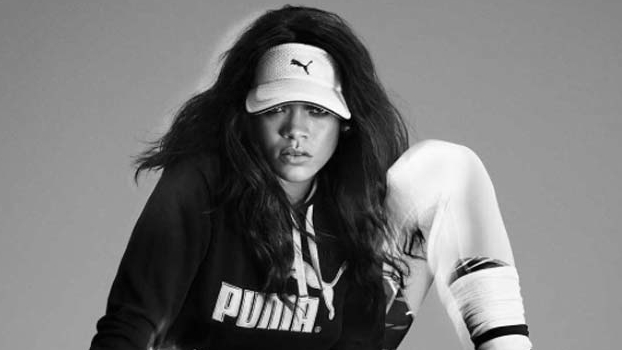For the past few years, the term ‘Athleisure’ has literally exploded sportswear and luxury fashion companies alike. Given its popularity, the trend doesn’t seem to be disappearing anytime soon.

You wear it to the gym and you can wear it in the office. For the past few years, millennial and young adults have been decked out in a style aptly referred to as ‘Athleisure’. To those who have no clue at what the heck this style of clothing is, have you been living under a rock these last two years? According to the good old Mirriam-Webster dictionary, the athleisure style alludes to “casual clothing designed to be worn for exercising and general use”. Picture patterned form fitting leggings, shirts and metallic lined hoodies. Any of this ring a bell?
Starting over two years ago, the trend is here to stay. The clothing style was a result of society’s more relaxed standards of dress codes and busier and health conscious lifestyle . You can thank the millennials for that. Rather than just a passing fad, athleisure became an industry game changer for several popular sportswear brands such as Nike, Adidas, Puma and surprisingly Under Armour. Unlike regular apparel markets, athleisure’s flexible style promoted fashion and ‘staying in shape’. Consumers were suddenly thrown in disarray when they realised they had to prioritise both style and general wellbeing. The style had grown so popular, athleisure clothing achieved sales of $43 billion, a 16% increase in total sales according to NDP group. This however created a total 2% decrease in regular retail clothing sales. NDP predicts a growth to $83 billion by 2020 in the athleisure market, and ultimately cost the shares many non-athletic apparel industries.
Here’s our list of sportswear brands that went all out for the athleisure aesthetic.
Lululemon

Lululemon Athletica was the first to adopt and make use of the atheleisure trend. Once Lululemon got a hold of it, it was goodbye skinny jeans and hello yoga pants. Move aside denim! By moving into athleisure, it increased the likelihood of getting both men and women donning athletic gear for an everyday coffee run, occasional power walk, friend meet up, even work. The results were phenomenal. Sales for activewear apparel grew by 12% by 2016, to $39.9 billion. Since 2010, Lululemon’s athletic gear sales doubled.
Nike

A global pinnacle of athletic wear, Nike quickly followed Lululemon’s example when it too began to a rapid expansion towards womens athletic wear. For this year and last, Nike had an extensive range of fashionable, yet comfortable and functional clothes and footwear. Nike designers made use of the most classic sportswear materials such as polyester, spandex and combined the most high tech and innovative manufacturing techniques in the construction of the woven fibres. Results are eye popping and attractive textile designs decorating shirts, sweaters and vests. Nike was one of the first to incorporate ‘Aeroreact’, in their athleisure line, a material that detects when the wearer is about to start sweating and automatically loosen itself before it happens. Their Nike Athleisure campaign, ‘BetterForIt’, proved to be successful as it featured everyday women wearing items from the clothing line instead of professional athletes. Appealing to the everyday audience, the company so far has produced stellar results. Nike’s brass, Seeking Alpha has stated Nike can grow women’s sales by 40%, up to $7 billion by 2017.
Adidas

Going into 2015, Adidas was still very much a mass market brand with a modest standing in the US unlike its competitors, Nike and newcomers Under Armour and Lululemon. Adidas therefore experimented with new partnerships and dabbled with the athleisure trend to see whether it would boost sales and product popularity. In February, the German brand teamed up with celebrity Kanye West and debuted his line of footwear, Yeezy and increased its presence in American sports by introducing products for basketball. Adidas also made a move to appeal to younger audiences by creating a secondary line catered to teens. By 2016, Adidas immersed itself into athleisure by merging sportswear with style and pop culture. British singer Rita Ora became the face for the ‘Adidas Originals’ spring line. Other ventures included an increase of female representation and culturally diverse models in their campaigns. Although the brand equity and sales results fluctuated throughout the year, Adidas ultimately maintained a positive standing among the general public. By leaning into athleisure, it encouraged Adidas to become more connected with its audience.
Puma

Thanks to its partnerships with Rihanna, The Weeknd, Kylie Jenner and its savvy media advertising strategies, Puma capitalised on the athleisure style and was considered one of the hottest sportswear brands last year. Rihanna’s Fenty x Puma collection was a massive hit. Designs from the collection infused an 18th century French twist. Unusually chic with ruffles and pops of colour, they were a far cry from the traditional Puma tracksuits and tennis dresses. Puma sky rocketed, overtaking rival Under Armour in their share performance. The Kering Group sportswear brand had beat its original forecasts at the end of 2016, rising by 9% to over $1 billion. Puma’s footwear segment rose by 10.4%. Altogether, the brand had tripled its share in the US casual sportswear market. Despite their overall success with the athleisure business, Puma has not turned away from the sports performance category altogether.
Under Armour

Under Armour was one of the last major companies to integrate into athleisure. Unfortunately for the brand, it joined the band wagon a little too late and sales ultimately suffered because of it. A brand for the jocks, and praising performance over casual, the fashion industry was surprised Under Armour decided to take a crack at the athleisure style. In 2016, Under Armour signed with designer Tim Coppens, who was responsible for the debut of their collection. Aiming to go beyond the traditional line of sportswear, the equestrian stylised pants, vests and wool trench coats were too avant-garde for Under Armour. Although, we can give Under Armour credit for attempting to move away from the trend that drove sports apparel consumers insane. You’re a line that promotes the active person. Stick to what you’re best at at Under Armour.
By 2017, it is safe to say athleisure has become the new ‘relaxed look’. This unusual hybrid of casual, athletic and business wear has moved on from the label of ‘trend’. Athleisure has evolved into a legitimate lifestyle choice for the wellness conscious person. No, athleisure isn’t going anywhere. Not for a long time anyway!







